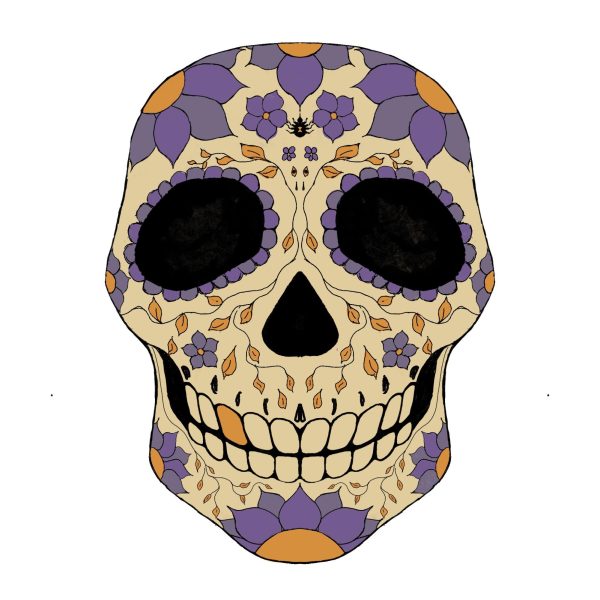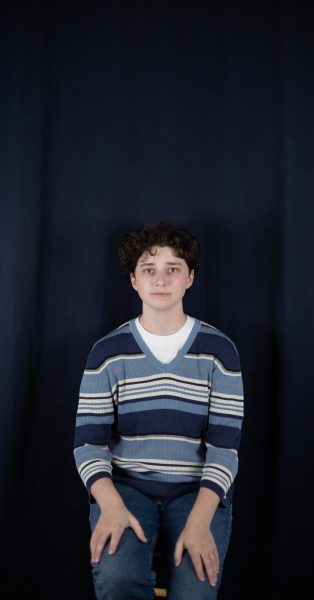
Dia de los Muertos is a Hispanic holiday that takes place after Halloween, on Nov. 1 and 2. Some people believe that this time of year is a window for all those who have passed away to come back home.
“It is believed that the spirits and souls of those who have passed can come back [to] visit and spend time with their families during these days,” Spanish teacher Anne Timm said.
Families gather together during this holiday. Whether it be a house party or the graves of your loved ones, it’s a time to connect with others and recall memories of those who have passed. But these gatherings also serve as a time to celebrate the lives that they lived.
“Families come together and spend time together, or go out with people and celebrate,” Timm said. “I like the quiet time where people come together and visit and spend time together.”
A major part of Dia de los Muertos celebrations are the festivals. A particularly large celebration takes place in Oaxaca, Mexico every year. According to The Grace Museum, at these festivals people will see many types of food, parades, and hear lots of music. People will often dress up, too. Some dress as monarch butterflies that are believed to hold the spirits of the dead. People also paint their faces to look like a skeleton and wear very vibrant colors to make costumes colorful and creative.
Whether it be a family event or a large fiesta, there is almost always food during these celebrations. A popular food to see is Pan de Muerto. Pan de Muerto directly translates to ‘Bread of the Dead’ and is typically shaped as a round loaf, with bones crossing the top of it. It is a sweet and slightly sugary bread that is usually served and dipped in coffee or hot chocolate. It is usually placed on altars, also known as ofrendas, but can be made specifically for a group to eat as well.
A main tradition of this holiday is building an altar, called an ofrenda or offering. “On the altar you put things that will attract them to want to visit and come home,” Timm said.
You can put many things on the altar to help guide the spirits home. People cover the table with cempasúchil flowers, otherwise known as marigolds, sugar skulls, decorative skulls made of sugar or clay, and papel picado, a decoration made of cut up paper on the edges of the altar to add color. These bright colors are meant to attract the souls toward the ofrendas made for them. You can also add a glass of water or salt for purity, or candles and incense for an attracting smell.
A big part of building the ofrenda is making it personalized for the person you’re honoring. For example, putting a portrait of them or some of their favorite foods or drinks, and if it’s a kid some candy or their favorite toy.
One of the reasons people put food and drinks on the ofrendas is with the intention of giving the passed family members something they can eat or drink. “They put a cup of water, and [on] the second day of November,” the second day the holiday is celebrated, “they go check to see if the water has gone down. We believe that if the drinks go down [it’s] the dead drinking it,” junior Jessica Munoz said through a translator.
Another common practice is making a path of flower petals from outside into your home. “[We do] pathways leading to the altar with orange flowers,” Munoz said. Using cempasúchil, they disperse them to make a defined pathway.
Because of this tradition, people recognize that death isn’t as scary as it seems, and look forward to the days where their loved ones can return home.
“You miss your loved one, and you don’t want them to be forgotten,” Timm said. “You still want them to be part of your lives after they’ve passed away.”
American culture always sees death as something that is dark, and scary, but it doesn’t have to be that way.
“Every year you can look forward to celebrating the lives of those people who you really miss,” Timm said. “I think American culture could kind of learn something from that where death isn’t so horrible and scary after the fact.”



